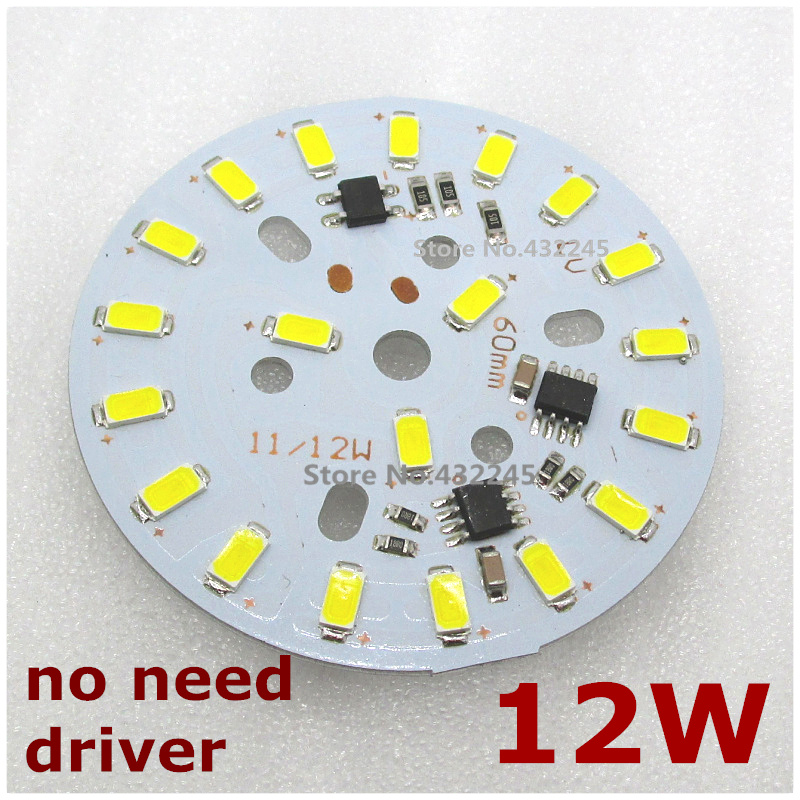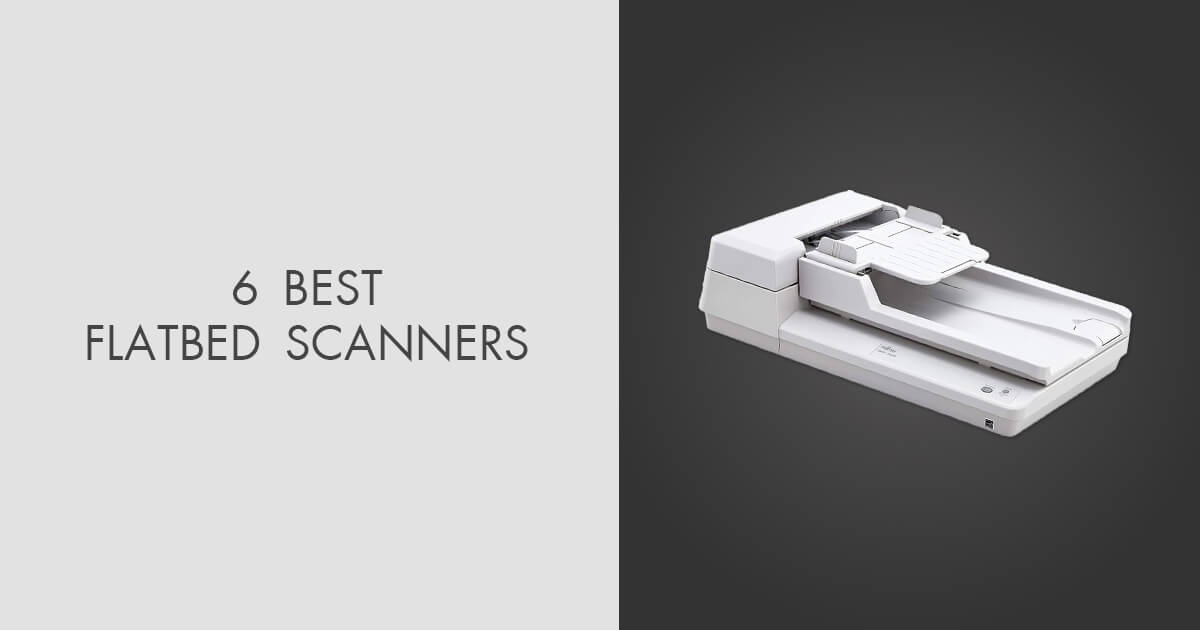
If you need to scan this sort of original only once in a while, you may be able to get by with a sheet-fed scanner that comes with a plastic carrier to protect the originals.
#BEST FLATBED SCANNERS 2018 SOFTWARE#
These work like cameras, snapping pictures of items and feeding them to suitable software for optical character recognition (converting images to editable text) or flattening the curve near the spine of a book.ĭelicate originals such as photos and stamps can go through a sheet feeder, but you risk damaging them. 3D scanners-which digitize objects to special 3D files for display or printing on a 3D printer-are a different beast entirely.)īooks, magazines, and objects thicker than a sheet of paper or driver's license are good candidates for an overhead scanner, which resembles an old-fashioned overhead projector with an illuminated scanning head that looks down on a flat surface. (When we talk about scanning objects, here we're talking about scanning three-dimensional objects to two-dimensional images. Do You Need a Flatbed or Overhead Scanner?įor photos or other easily damaged originals, bound material, and 3D objects, you need a flatbed scanner, which has a large glass platen on which you place the documents, photos, books, or items. This will tell you the kind of scanner you should be looking at: a classic flatbed, a model with a sheet feeder, or something else. You should also consider details such as the maximum size of the originals and whether you'll need to scan both sides of document pages. Somewhat less common are objects such as coins or flowers. Photos, unbound documents, receipts, and business cards are the most obvious things to scan, but you might also need to scan bound books, magazines, film (slides and negatives), and easily damaged originals like postage stamps.


Knowing what and how often you expect to scan will tell you everything you need to know about the features you'll need.



 0 kommentar(er)
0 kommentar(er)
